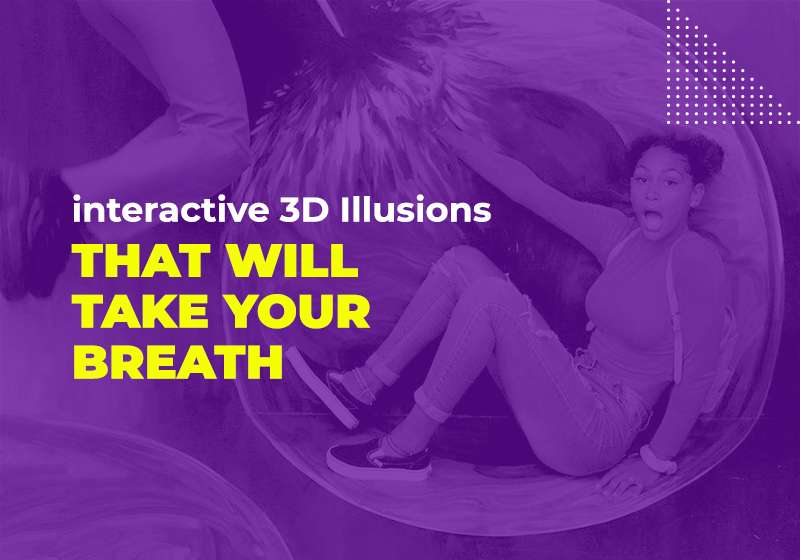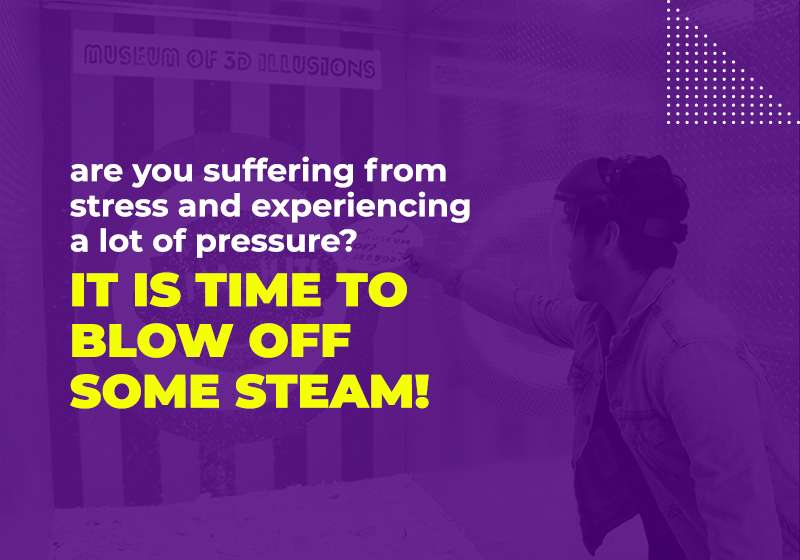
Step back in time the moment you cross the threshold of a cavernous hall filled with polished steel and warm wooden benches. The Market Street Railway Company Museum immerses you in a world where San Francisco’s iconic streetcars once ruled the pavement. Every polished brass bell, vintage fare box, and gleaming track segment tells a story of innovation, community, and urban growth.
Housed adjacent to the historic ferry terminal, this museum anchors visitors in a pivotal moment of transportation: the age when electrified streetcars and cable cars carried mid-century passengers across town. Authentic artifacts illustrate the progression from horse-drawn trams to electric streetcars. A restored 1902 streetcar sits proudly on the rails, its polished interior beckoning enthusiasts and casual tourists alike.
The space pays tribute to the civic visionaries who planned and maintained the network. Triangular junctions, turntables, and rails are displayed with explanatory placards. Together, these details spark curiosity about how San Francisco’s transit shaped neighborhoods and commerce. The transport history here unfolds like a living documentary, inviting visitors to connect with a tangible past.
Model Exhibits and Historical Highlights That Bring Transit Stories to Life
A standout feature of the Market Street Railway Company Museum is the intricately crafted model streetcar dioramas that recreate bustling San Francisco streets. One large model tableau shows Market Street in the 1930s with model streetcars negotiating cable lines and electric overheads. The model setup includes tiny passengers, vintage signage, and even miniature power poles, offering a window into daily life nearly a century ago. Watching these model streetcars glide along their tracks offers both nostalgic charm and technical insight, captivating children and adults alike with a dynamic view of how the city’s intricate railway systems once operated.
Beyond scale models, greeting you are era-specific uniforms, conductor caps, and ticket punches—each steeped in texture and detail. These tangible objects anchor each display in authenticity, transforming abstract history into a multisensory narrative. With engaging captions, you learn how fares changed, routes evolved, and public transit responded to earthquakes, war, and population booms.
Throughout the corridors, interpretive panels highlight how streetcars connected to urban expansion. For railway scholars, enthusiasts, or curious visitors, the displays offer precise timetables, route maps, and comparisons between streetcar and bus systems. These museums of transit preservation remind us that the movement of people defines city life.
Expanding the Experience: A Look at the Museum of 3D Illusions
Just a quick stroll away from the Market Street Railway Company Museum awaits another San Francisco gem—an immersive dive into visual and spatial storytelling. This interactive counterpart enhances your understanding of movement and perception, complementing the historical narrative found in transport museums. Here, visitors walk through optical adventures that echo the complexity of navigating city grids.
The Museum of 3D Illusions features exhibits like soaring above the Golden Gate on a magic carpet, balanced on Lombard Street’s molten lava flow, and frozen mid-air alongside an attacking shark. Each backdrop invites flash photography, encouraging guests to become active creators in their own memories. Meanwhile, the Smash It section offers a tactile release—write a thought, smash a plate, and physically engage with emotion, connecting personal movement to sensory storytelling.
This blend of vintage railway narrative with immersive illusion art creates a compelling dual journey: one that traces mechanical tracks through time, and another that paints perception in vivid color and dimension. The two experiences echo each other—movement, perspective, transformation—while enriching your visit in unexpected ways.
Why These Museums Matter: Education, Preservation, and Engagement
These museums capture more than machinery—they safeguard legacy. The Market Street Railway Company Museum meticulously documents streetcar and cable car craftsmanship, ensuring future generations grasp how public transit shaped San Francisco’s growth. Ride logs, repair manuals, and archival film clips all reinforce the value of maintaining living history.
Equally, the Museum of 3D Illusions underscores that engagement can be playful, interactive, and personal. It teaches that perception and movement influence how we understand environments—something the original streetcar system mastered over hills and fog. Together, the museums highlight that storytelling—whether through steel wheels or optical trickery—unites visitors with deeper meaning.
Ultimately, both venues demonstrate that transportation history isn’t just about tracks and schedules—it’s about community, imagination, and shared experience. The model streetcars, the tactile breakable plates, the immersive illusions—they all connect us to moments when the world changed. Railway systems carried people; museums carry significance. Step in, look around, and find yourself part of a grand tale that continues to unfold.
FAQ
How does the Museum of 3D Illusions tie into the streetcar experience?
Its immersive backdrops—like gliding over the Golden Gate or balancing on Lombard’s lava—echo the thrill of movement. Visitors engage in spatial storytelling and can even vent emotions in Smash It!, creating a fresh sensory contrast to the static model streetcars and railway artifacts in the museums.
Are both museums suitable for all ages?
Yes. Families, transit aficionados, history buffs, and photographers will enjoy the historical and model railway exhibits. The hands-on 3D displays offer a fun visual experience, while the Smash It! room adds an emotional release for teenagers and adults.


